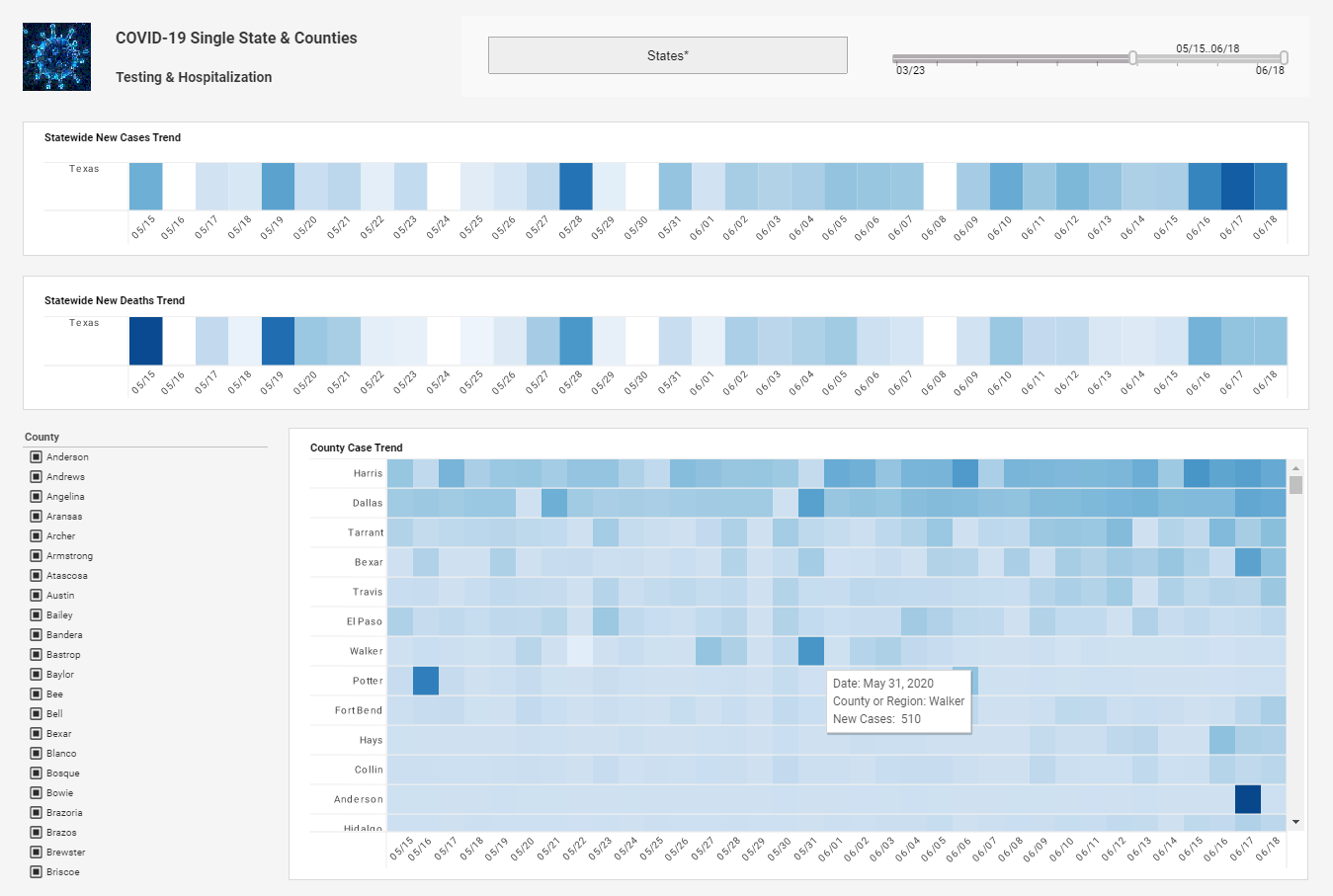The Performance Management and Analytics Vision
This is the continuation of the transcript of a podcast hosted by InetSoft on the topic of "The Difference Between Production Reporting and Business Intelligence Systems." The speaker is Mark Flaherty, CMO at InetSoft.
I recently read a research study where they asked a number of questions about where organizations are in realizing this whole performance management and analytics vision. And where are they at in evolving their finance infrastructure. They asked the question, does your organization and your senior management have a clearly defined strategy, and if so, how consistently and how well are you executing against that strategy? Nineteen percent of organizations said they didn’t have a clearly defined strategy.
The other 80 percent said, yes we do think our management has a well defined and clearly defined strategy. Unfortunately of that 80 percent, only 14 percent said that they thought their organizations consistently executed against it. So that’s a bit troubling that over 60 percent of the organizations said that they did have a strategy, but they weren’t consistently executing against it.
One of the reasons we see people struggle with that is not for lack of interest and not for lack of intent, but a lot gets lost in translation because of all the challenges that we’ve been talking about and because the strategy is being able to monitor and act and respond, because of the information infrastructure of complexity and challenges.
Strategy And The Day To Day Execution
Organizations are just hoping that smart people out there in the organization will connect the dots between that strategy and the day to day execution. The good news is there’s still a lot of opportunity for growth and benefit to be realized I think, by finance and by the overall organization in this BI space. So just to come full circle, we’re going back to the role of finance. Finance is moving up the food chain so to speak, moving to a more strategic role and becoming a catalyst for business transformation.
Here are a couple of examples along those lines of where we’re seeing organizations get more value out of BI for finance. One is in the more traditional financial reporting phase. What we’re seeing more and more organizations do is use the data warehousing and BI as a flexible reporting and analytics space.Let the ERP system do basic statutory reporting, but for all the management reporting, the ability to slice and dice, see the business, look at multiple different dimensions, that’s more of a BI workload. They’re doing that on the BI data warehouse side of house and really easing the pressure on the ERP.
The second one, we talked about the operations or the core business of what finance does and procurement and receivables is more than just getting efficiencies in getting more things faster. We’re seeing them start to use intelligence and BI to look at, how can we understand what we really need in one of those core processes? How can we get smarter and more effective rather than just trying to do things faster?
And then the performance management is understanding what really drives our business. What’s really important, and how do we focus on those key levers? So it is first understanding what are the drivers of profitability. What are the leading indicators of change that drive your business, then being able to plan and monitor those key things, and focus on the things that really matter.
Finance Becoming a Catalyst
The last piece we talked about is finance really becoming a catalyst for change in the organization. Finance is able to align strategy and execution, align those key measures that they determined in that performance management space with the way that people are incented and the way things are measured with the decisions and actions that are being taken on the frontline.
I think there’s a real opportunity for improved BI and data warehousing and information management to help each of those roles or areas within finance concurrently or in a phased process with one investment in a BI infrastructure to get benefits across all these areas.
Great. So in summary, global finance is changing. We think it needs to be a strategic partner to the business, and many finance departments are doing that, and they’re using BI as a powerful tool. They use information as a competitive weapon to affect that transformation and to really become more of an advisor and a partner with the business rather than just a bookkeeper.
Now I am just going to talk a bit about the benefits that the InetSoft business intelligence product offers. While we’re not really in the data warehousing space, we’re not a BI tools vendor in the same ecosystem. What’s different with us in comparison to other business intelligence vendors, is that we’re really focused on managing that whole information infrastructure and data warehousing.
We’re the world leader in data mashup technology. And we have a number of tools, applications to help customers get that information, whether it’s in the data warehouse or not, analyze the information and capture insights and take action on those as quickly as possible. That includes some applications for working with people, like PeopleSoft users, data warehouses, and analytics package, as well as integration with the SAP and SAPBW suite to get greater performance and greater flexibility with BW in an ERP environment.


